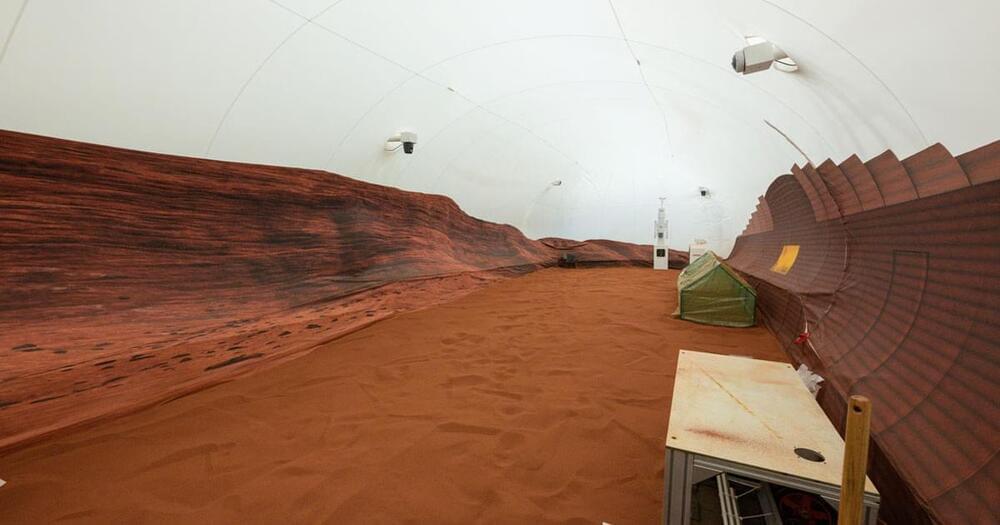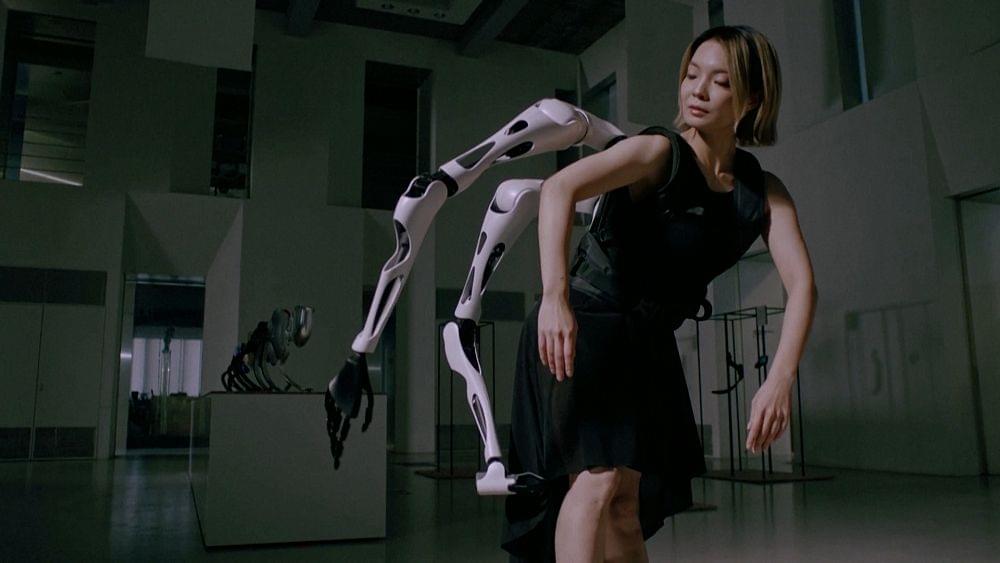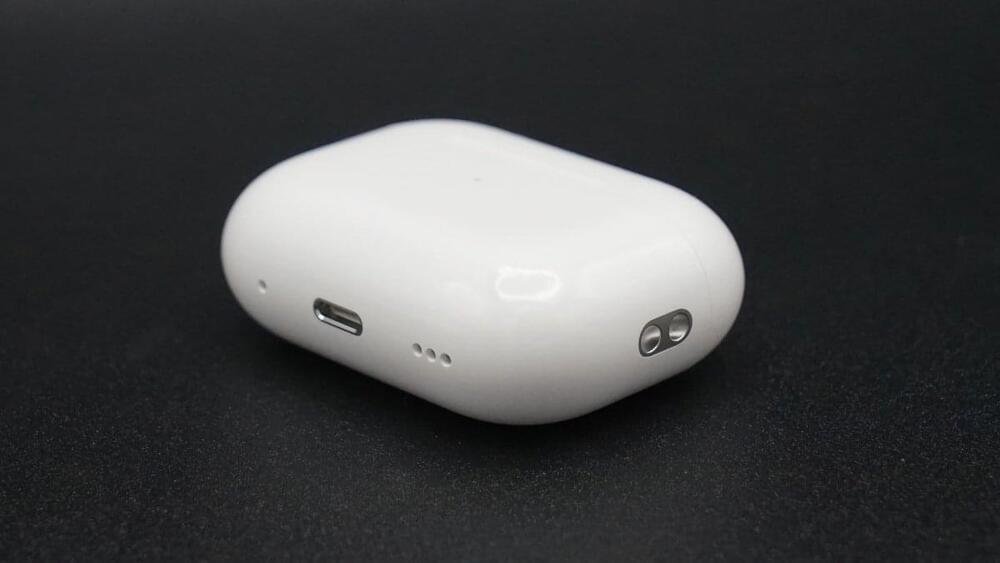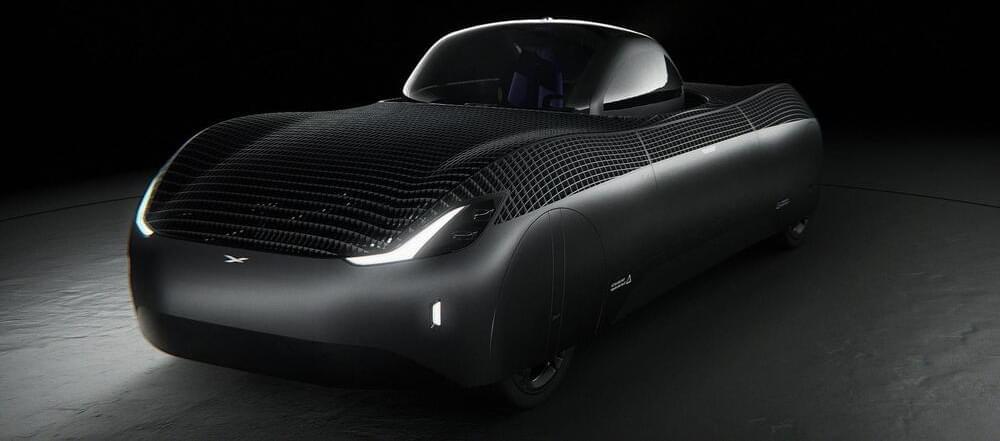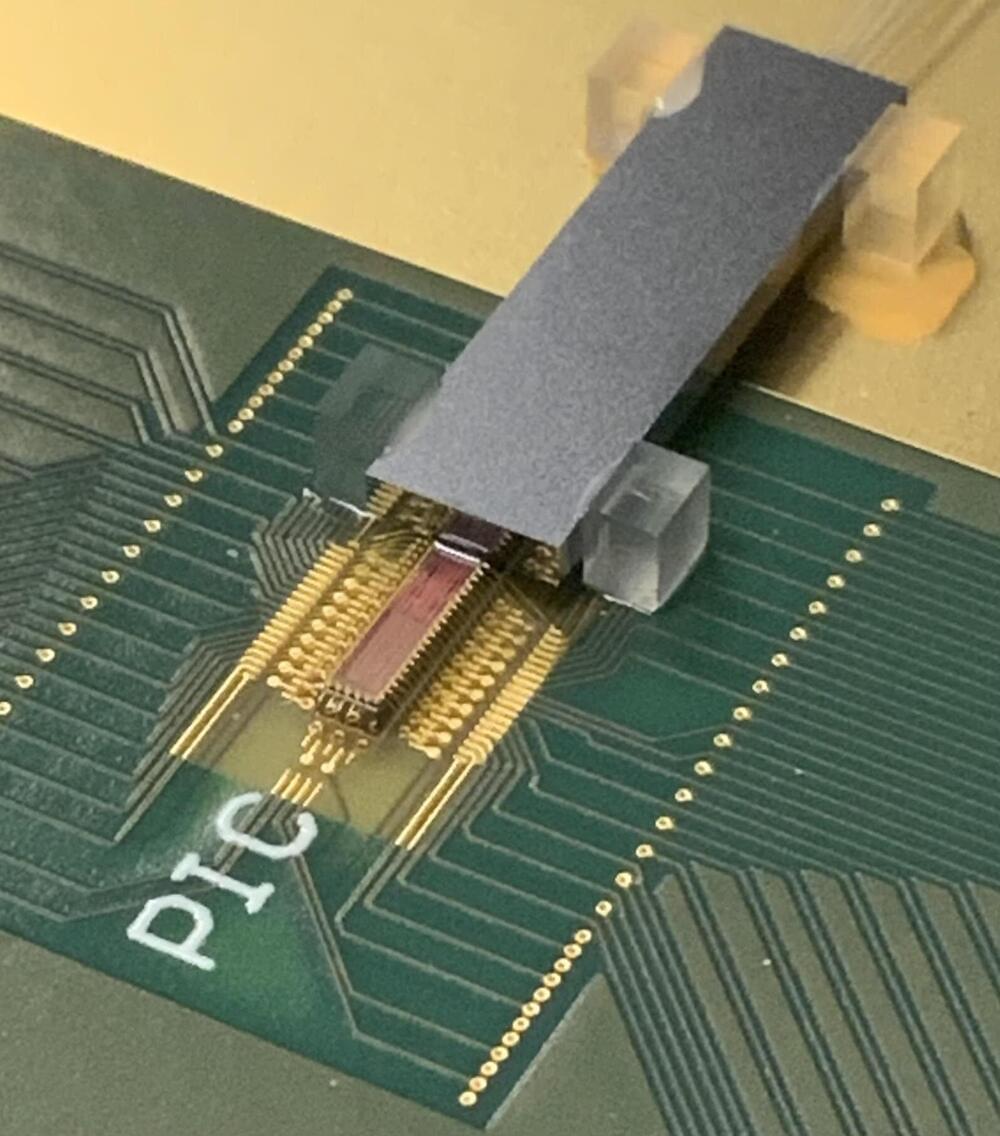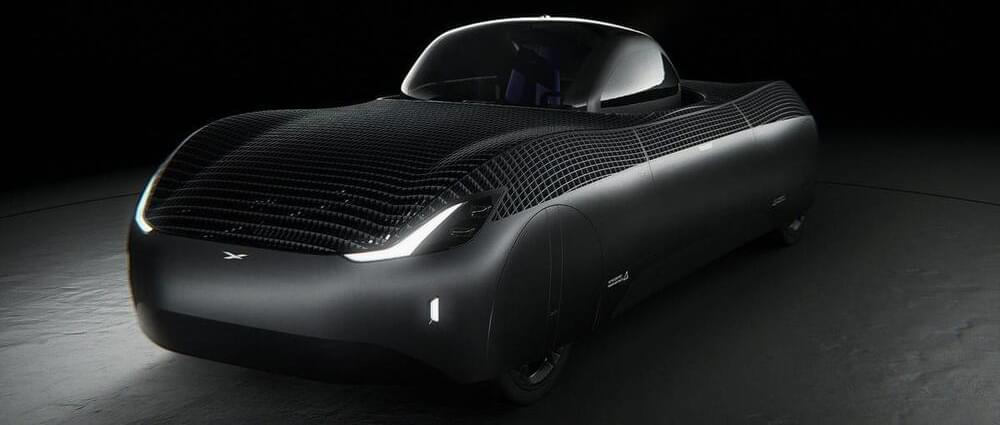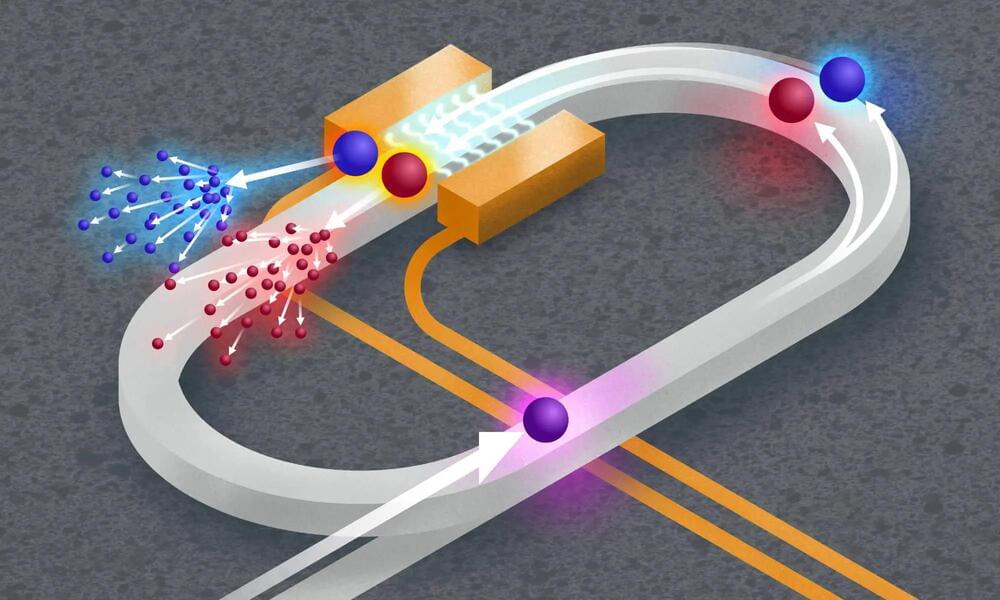Four individuals have agreed to be sequestered inside a 1,700-square-foot simulated Mars habitat at NASA’s Johnson Space Center to study what it would be like to live on the Red Planet and how humans can learn to cope in that extreme environment.
During their 378-day stay, which officially kicked off earlier this week, they’ll have a surprisingly busy schedule, including a strict exercise regimen as well as a lengthy list of duties, from performing simulated spacewalks to growing crops.
In other words, it’s a demanding job that’s bound to be tough on the crew of four.
